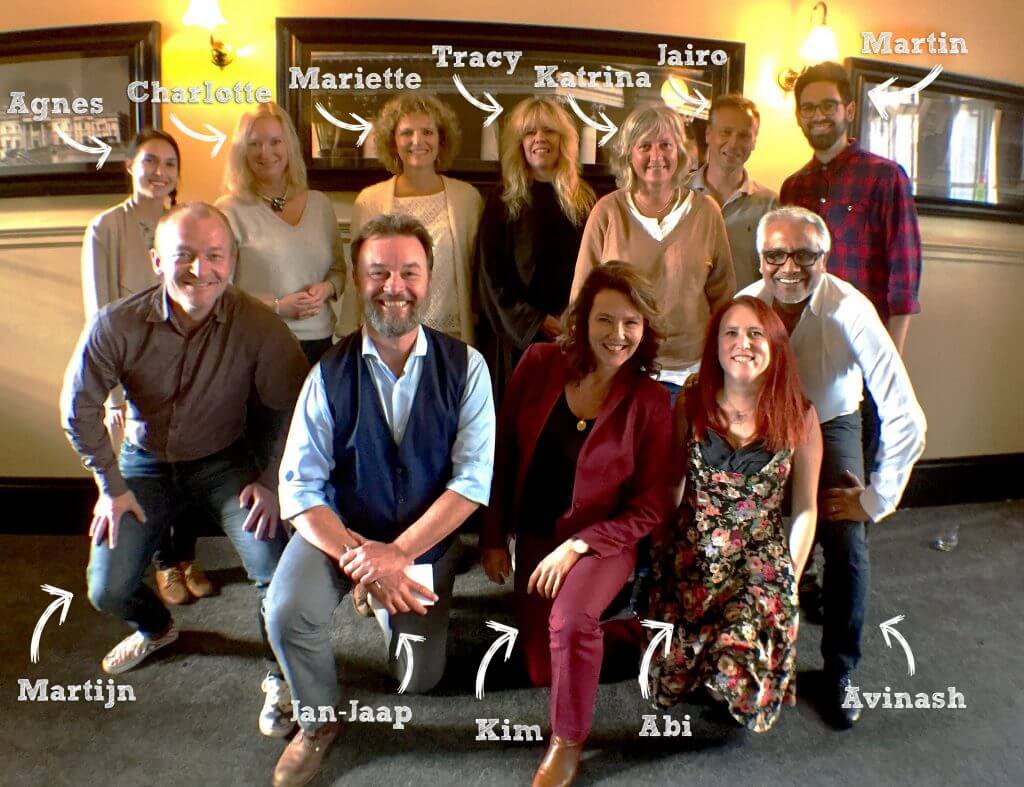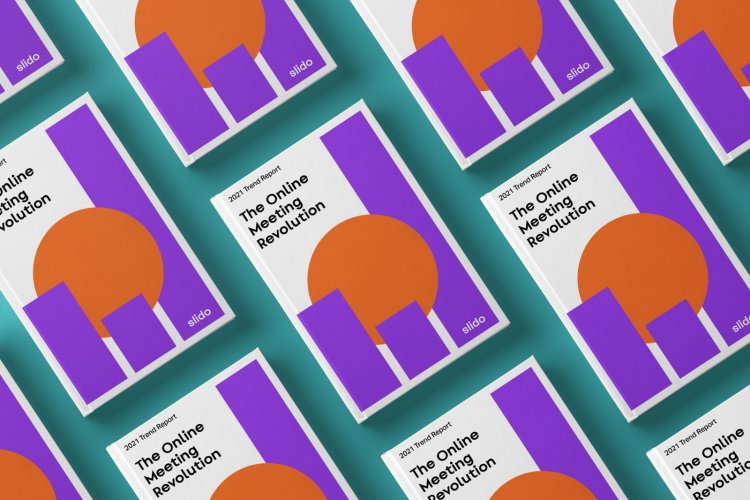Back in February, when we asked the meeting professionals at our New York City event what role a facilitator plays in their meetings, almost 40% responded that they have one to help with the conversation.
In our recent blog interview with panel moderator, Gemma Milne, she shared that acting on behalf of the audience is what makes panel discussions engaging and valuable.
It’s undeniable that good facilitation plays a crucial role in both events and meetings. To better understand it, we recently rolled up our sleeves and attended the interactive Mastering Moderation workshop in London.
Here are the best tips we learned during the two-day hands-on training.
Do thorough research
When you are tasked with moderating a panel discussion, do thorough research to understand the context and the trending topics. Schedule a short call with each speaker to be aware of the perspective they’re bringing to the discussion.
Know your participants
Learn why the participants are attending the event and what they know about the subject. Facilitate the conversations to match their expectations and help them get the most out of the event.
Prepare the perfect opening line
Prepare, rehearse and deliver strong opening lines. You have one shot at making a great introduction. Keep everyone on their toes by giving them a teaser for what will happen next.
Memorize the speakers’ names
Don’t read out the speakers’ names from notes. Memorize them to keep eye contact with the audience easily and make the introductions more impactful.
Be radically neutral
When introducing the speakers, it’s better to avoid words such as “brilliant” or “interesting.” This allows the audience to create their own opinion based on the facts that you have presented.
Be the bridge between the speaker and the audience
Involve the audience every step of the way and as often as you can. As a moderator, ask them questions and follow up on their answers to establish a connection quickly.
Allow the audience enough time to formulate questions
People who attend presentations are often in a listening mode. Once the speaker is open to questions, let the audience reflect on what’s been said. Give them two or three minutes to formulate their questions and then switch to the interactive mode.
Always ask one question at a time
Work with the questions that the participants submit through technology or simply ask live. Pass them to speakers on their behalf and always ask only one question at a time. It’s the simple and concise questions that stick with the audience.
Watch the audience’s reactions
When communicating with the audience, read facial expressions to see how people react to different questions or statements. Based on these subtle cues, gauge the audience’s mood and decide where the conversation should go next.
Conclude with a practical take-away
When closing a panel discussion, it’s not necessary to get a final comment from each of the panelists. Wrap up with one final statement to allow the audience to leave with a practical take-away or conclusion.
Wrap up
Facilitation is art and it has become key for many events and meetings. This post is only scratching the surface. To master it and to learn more, we strongly recommend this training so you can use the skills to create a better experience for your attendees.
Thank you Jan-Jaap and Kim for amazing work and interactive content over the two days. You’re the best!
Photo: Avinash Chandarana





